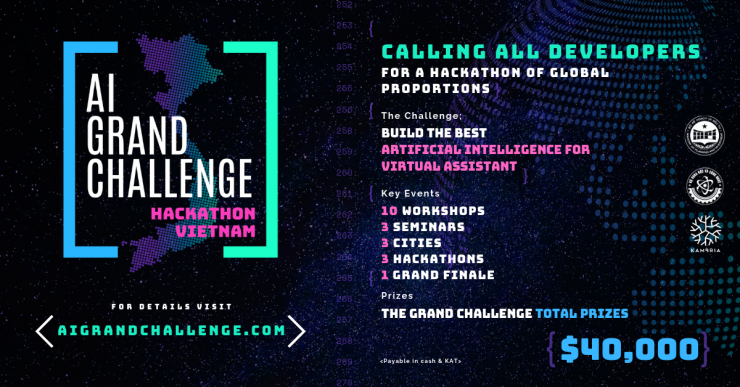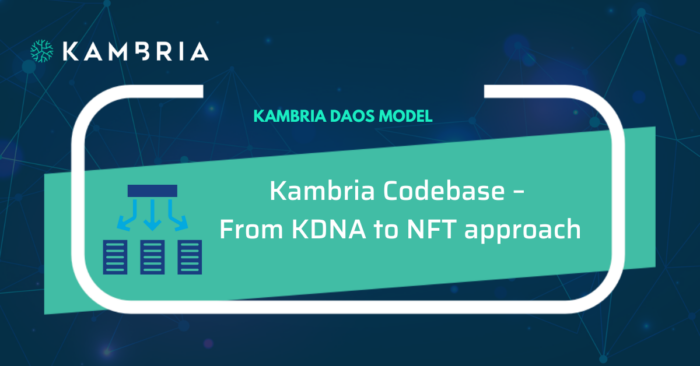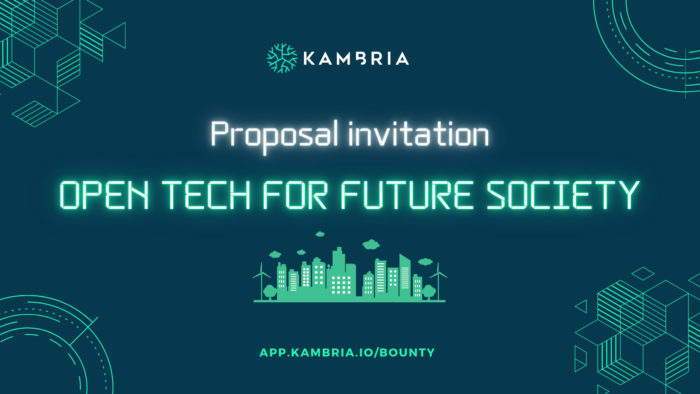Digital virtual assistants, sometimes referred to as voice assistants, are becoming ever more popular. If you’re looking to get involved in the creation of an AI virtual assistant/voice assistant, it can be hard to even know where to start.
What follows is a list of resources pertaining to digital virtual assistants, intended to guide your thinking about AI virtual assistants and help you create the ultimate AI virtual assistant.
Understand the Current Landscape
A key part of designing a good virtual assistant is understanding what virtual assistants can currently do.
A virtual assistant will be compared to other virtual assistants, and so certain functions and features will be expected of it. For this reason, it's important to understand what the current market of virtual assistants is like and what people currently use their virtual assistants for.
So what can AI virtual assistants do right now? You’ll probably want to consult lists of the best virtual assistants and make note of their most popular features.
Obviously, the virtual assistants created by major tech companies like Apple’s Siri, Amazon’s Alexa, and Google’s own virtual assistant are the heavy hitters, but also research assistants from smaller companies like SpeakTolt, X.ai, and Viv.
You’ll want to identify the most common and expected features of virtual assistants. A virtual assistant is something that ideally makes getting the information you need simpler and easier, and the features of the virtual assistant are designed around this very idea.
As an example of retrieving information, consider how Cortana is capable of setting reminders for day-to-day tasks and then delivering the information about the task when it is required, and how it can search your computer to locate specific files. Google Assistant can be linked with your Gmail account and told to answer specific questions based on your emails, like when a package is due for arrival or when a reservation is made for.
Obviously, a digital assistant can’t do absolutely everything, and so a strategy should be created with a specific goal and target audience in mind. For example, Microsoft’s Cortana is more focused at assisting people at work tasks, while Google’s Assistant is focused more on day-to-day life outside of work, and Alexa is concentrated mainly on handling the ordering and organizations of products around the home.
Understand the Limitations
When thinking about what a virtual assistant should do, it is just as important to consider what current virtual assistants can’t do, in addition to what they can. You’ll want to consider the functionalities/features that other virtual assistants aren't able to carry out if you want to be distinct from them.
For example, many virtual assistants struggle with communicating with third-party apps, including many smart home appliances. For ideas of functionality you can include in your virtual assistant, that other virtual assistants cannot carry out, you may want to research the types of tasks that people use traditional (non-AI) virtual assistants for.
You may also want to look into the most time consuming everyday tasks and figure out how a digital virtual assistant could help automate these tasks and free up time.
What Are Some Use Cases For Virtual Assistants?
Digital assistants can be applied to many different sectors and fields of study. Just some of the fields that digital assistants can be useful in are:
- Workflow and Project Management
- Healthcare
- Science and Engineering
- Journalism
- Emotional Wellbeing
Workflow and Project Management
Virtual digital assistants can be of use in office environments by assisting with workflow and project management. Consider how Converse.AI is a digital virtual assistant that makes collaboration between team members easier.
A project team member can use the app on their mobile phone and have details about the project answered by the chatbot, getting real-time updates about the project's status. Converse.Ai can also be used to populate databases, simply taking a natural language command from the user and manipulating the data or augmenting it with any notes the user would like, they just have to tell Converse.AI how they would like to handle the data by speaking to it.
Healthcare
Digital assistants can be extremely powerful tools in the field of healthcare. Bablyon Health has been investing in an AI program that patients can speak to and get advice about the nature of their symptoms.
Babylon's AI is able to understand natural, nonmedical descriptions of symptoms and compare them with a database to find a list of possible conditions. The sophisticated natural processing abilities of the AI also assist medical professionals and translating symptoms and conditions between different languages, able to keep track of the medical terminology across multiple languages.
Science and Engineering
NASA is currently hosting a competition to create digital assistants optimized for use by engineers and scientists. The goal is to automate certain aspects of information search, analysis, and surveying in order to reduce the "cognitive workload" of NASA's scientists and engineers.
It is hoped that by automating much of the labor-intensive data handling that engineers and scientists must do on a day-to-day basis, they will be freer to focus on asking questions, innovating, and discovering. For instance, NASA is interested in the potential for a digital assistant to automatically locate relevant literature when proposing an idea for an experiment.
Journalism
A recent report by The Associated Press covered how AI systems could augment journalism by assisting journalists with tasks like data analysis, sentiment analysis, translation, dictation, and fact-checking. Machine translation and dictation are already commonly used services by many journalists and writers, but a digital assistant could combine these services into a package that also offers data analysis and fact-checking abilities.
The ability to extract meaningful patterns from large databases of statistics could enhance reporting in topics like political polling, and digital assistants could also cross-reference multiple news reports, checking for consistencies or inconsistencies to better fight misinformation.
Mental Wellbeing
Digital virtual assistants can help not only with physical health conditions but also mental health conditions. A digital assistant could utilize sophisticated natural language processing techniques to implement common therapeutic strategies, particularly those based on cognitive behavioral therapy.
While not a replacement for a licensed therapist, these AI-driven digital assistants can help people deal with stressful experiences, acting as a free therapist that can perform basic services for those struggling with depression or anxiety. WoeBot is an example of a virtual assistant targeted at improving the lives of those struggling with mental health issues, by helping them reframe the way they experience events and do away with negative self-assessments.
If you’d like to learn more about real-world applications of AI virtual assistant, read this article, which includes use cases in other sectors such as education, senior care, banking and self-driving cars.
Designing Wake Words For Virtual Assistants
When designing a virtual assistant, you'll likely want to have a trigger word/wake word that wakes up your assistant and has it wait for instructions. You know probably don't want to force your users to hit a button every time they want to interact with your assistant, which is why Amazon and Google have wake words like "Alexa" and "Okay, Google".
You'll handle the creation of the wake word with a sequence model, a type of neural network that is capable of handling sequential data like speech. One way you can do this is by using a recurrent neural network and creating a series of audio phrases as the input features for your network.
You will then create target labels for your input features. You can set all the audio that comes immediately after the wake word has been said (the time step immediately following the wake word) to a positive value like “one” and set all the audio before the end of the wake word as a zero value.
You may also want to set a few of the timestamps following the wake word as "ones”, in order to fight the imbalance created by having the majority of your training example be zero-valued. You’ll then have the audio return to zero after a few timesteps.
It is extremely important to choose proper wake words, as you do not want to choose a word that is too common to train your model on. Words that are said too commonly will constantly make your digital assistant wake up unintentionally, just consider how “Alexa” has made life difficult for people named Alexa.
For this reason, you may want to train your network on several different wake words and give your user the ability to choose one out of the predefined wake words. Another approach is to simply enable your user to set their own trigger words/wake words, and while this is technically more complex it will prevent your users from being frustrated with your system.
Pushing Beyond Boundaries
If the goal is to push the boundaries of what digital virtual assistants can accomplish, and create virtual assistants with new features, it's necessary to be up-to-date on the most recent advances in AI and natural language processing.
Various places report on advances in AI and NLP domains. For instance, TopBots put out a list earlier this year of the top research papers pertaining to chatbots, and virtual assistants.
Some of the research that was documented by TopBots included attempts to make digital dialogue systems have more of a definable "personality", able to engage in light chitchat and banter with consistent tones and mannerisms. Other research papers covered chatbots that were able to learn from conversations they participate in, extracting new data for training on, and even estimating the user's satisfaction with the responses it generates based off of this new data.
TopBots have also put out a similar list covering advances in natural language processing techniques.
Other places that document advances relating to artificial intelligence and digital virtual assistants include websites like TechCrunch, ComputerWorld, and Entrepreneur. These websites all have tags for virtual assistants and report on not only new features for common digital assistants but conversations about issues surrounding the technology.
You may also want to analyze trends regarding the adoption of virtual digital assistants. Reading up on where virtual assistants are being adopted for use, and at what frequency, will help give you ideas for your own assistant. You can figure out areas where digital assistants are growing in popularity, and where they are still being ignored if you want to turn that area into a potential market.
Some interesting analyses of trends in digital assistants are hosted at websites like Statista and Pew Research. Some good summaries of studies tracking virtual assistant trends can be found at sites like DigitalTrends, MarketWatch, and others.
Join the Vietnam AI Grand Challenge
There’s a lot to learn about when it comes to creating the ultimate AI virtual assistant. Hopefully, these resources have given you a starting place. When looking for information about AI virtual assistants, create relevant questions and then seek out their answers. This will help structure your search as you navigate the wealth of information regarding digital assistants.
Ready to create your own ultimate AI virtual assistant? Then join the Vietnam AI Grand Challenge, a government-backed initiative organized by Kambria, that will bring together Vietnam’s best AI talent and support corporations in Vietnam and globally. Over 150 team have already registered to compete for their share of $40,000 in prizes. Registration ends June 25th so sign up today!
Hackathon Registration: https://bounty.kambria.io/
Join the discussion group: https://www.facebook.com/groups/VietnamAIGC
Latest updates and events: https://www.facebook.com/VietnamAIGC
For more information: https://www.aigrandchallenge.com/










